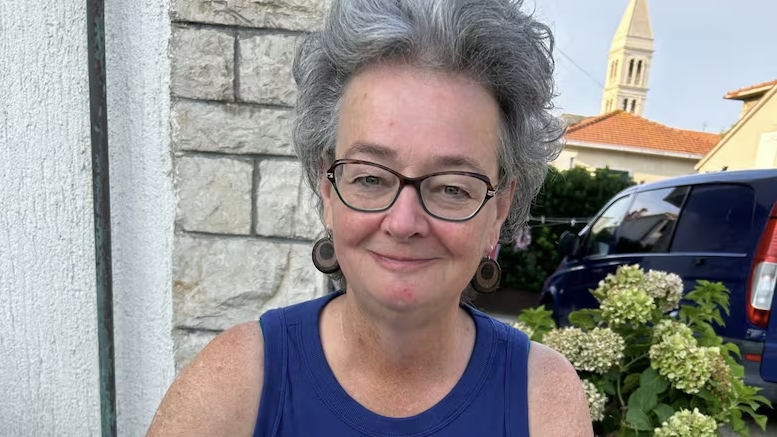Groundbreaking Brain Surgery Restores B.C. Woman’s Voice After Years of Silence
Emma MacLeod
2/5/20253 min read


Twenty years ago, Susan O’Sullivan’s voice began to crack unexpectedly. At the time, she was working full-time with B.C.’s Ministry of Forests and volunteering as a singer at her local arts centre.
"There was some crack that started happening in my voice randomly, and I couldn't understand what it was,” she recalled in an interview. “At first, you think maybe it’s stress.”
But as time went on, her voice deteriorated further. Eventually, she could no longer speak at all. She was diagnosed with spasmodic dysphonia, a neurological disorder that causes involuntary spasms in the vocal cords, making speech difficult or impossible.
Now, thanks to a groundbreaking study on deep brain stimulation (DBS), O’Sullivan has regained her voice.
"It’s made a huge difference,” she said. “I talk to people. My husband says I talk a lot more, and I’m a lot louder. You just feel empowered again."
The Evolution of Treatment for Spasmodic Dysphonia
The current standard treatment for spasmodic dysphonia is Botox injections, which help relax the vocal cords and prevent spasms. However, the effects are temporary, requiring injections every three months, and some patients develop antibodies that make the treatment less effective over time.
Dr. Murray Morrison and Dr. Christopher Honey have been exploring an alternative. In 2018, they launched a pioneering trial using deep brain stimulation—a surgical procedure that involves implanting an electrode in the brain to regulate abnormal neural activity.
O’Sullivan was among the patients selected for the trial, and she did not hesitate to sign up.
How Deep Brain Stimulation Works
Dr. Honey has performed over 1,000 DBS surgeries for conditions like Parkinson’s disease, tremors, and dystonia. The surgery is performed in two stages:
Electrode Placement – A small platinum electrode is implanted into the brain while the patient is awake. If no side effects occur, the electrode is secured.
Pacemaker Implantation – A pacemaker is inserted under the skin and connected to the electrode by a wire. Patients can control stimulation levels using a wireless remote to fine-tune their treatment.
O’Sullivan described the procedure as life-changing, allowing her to regain not only her voice but also her confidence in social interactions.
A Breakthrough Discovery
The connection between deep brain stimulation and voice restoration was discovered by accident.
Dr. Honey explained that while treating patients with tremors, two individuals who also had spasmodic dysphonia reported an unexpected improvement in their voices after receiving DBS.
Further investigation confirmed the link, leading to the first-ever prospective clinical trial focused on using DBS to treat voice disorders.
"We’re the only ones in the world doing this trial," said Dr. Honey.
Expanding the Potential of Deep Brain Stimulation
Encouraged by the success of DBS in treating spasmodic dysphonia, researchers are now exploring its potential for other conditions, including chronic pain syndromes like:
Neuropathic pain from amputations
Nerve damage from dental procedures (dental neuralgia)
Dr. Honey’s research aims to determine whether DBS could offer relief for patients who don’t respond to conventional pain treatments.
A Life Transformed
Since her surgery, O’Sullivan has embraced opportunities she never thought possible. She recently traveled to Japan, where she enjoyed a walking tour and meaningful conversations with locals—something she wouldn’t have been able to do before.
“I’m so appreciative to be talking,” she said. “A year and a half ago, I never imagined I’d be doing an interview.”
Though she was initially nervous about the procedure, she has no regrets.
"I wanted to carry it through, and I’m glad I did. I don’t regret anything."
As deep brain stimulation continues to show promise, O’Sullivan’s story stands as a testament to the power of medical innovation—giving people back not just their voices, but their quality of life.
News
Stay updated with the latest BC news stories, subscribe to our newsletter today.
SUBSCRIBE
© 2025 Innovatory Labs Inc.. All rights reserved.
LINKS
